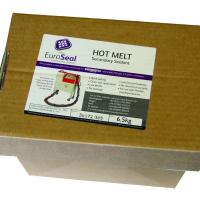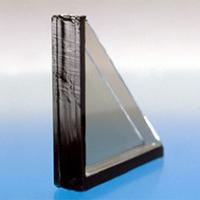Date: 28 August 2015
It’s easy to spot perfect pairs.
Silicon wafers and BOROFLOAT® glass are one such duo, thanks to a unique set of characteristics that make these materials the ideal solution for caps on LED, MEMS, optical parts, and microfluidic device seals. As electronic circuits shrink to accommodate advancing smartphone cameras, car sensors, hologram projectors, and high-tech glasses, paper-thin wafers will act as the backbone to the integrated circuits that supply computing power.
Together, these two substrates act as essential players in the gadgets of today and of the future. Here’s how.
The incredible shrinking — and growing — wafer
The march toward circuit miniaturization presses on. Small, lightweight consumer devices rely on 3D circuit architecture built onto ultra-thin silicon wafers in order to perform at peak capacity. These wafers are extremely flat, with possible thickness deviations less than one micron. To achieve these razor-thin dimensions, glass wafers, especially SCHOTT’s borosilicate flat glass BOROFLOAT®, can act as a so-called “carrier wafer” in order to add precision and process stability during production.
These carrier wafers provide flat support during the manufacturing of ultra-thin silicon wafers. During manufacturing, these two wafers are temporarily bonded in order to smooth the silicon to a foil-like thickness. This process creates a surface free from imperfections and increases yields at a reduced cost. Once the process is complete, UV laser de-bonding separates the two substrates, leaving behind a silicon wafer just 50 microns thick.
At the same time, larger wafers, with a diameter of up to 12 inches, represent a new trend in wafer technology. As the wafer size increases in diameter, so does the efficiency of the network of integrated circuits. But to achieve that size, the substrate materials — glass especially — must maintain an extremely flat surface and offer superior process stability. The strength and flatness that can be achieved with a high-grade glass like BOROFLOAT® allow these wafers to reach diameters of up to a foot and growing.
The perfect match of materials
The quality of anodic bonding for MEMS and other electronic circuitry places the utmost demand on precision, and the threat of a hairline crack, warped wafer, or uneven surface creates pressure for perfection.
In MEMS applications, glass and silicon play well together — their thermal expansion coefficients are perfectly matched, so they behave nearly the same expansion behavior during processing. This quality ensures proper, gap-free anodic bonding, and its low coefficient of linear thermal expansion allows BOROFLOAT® to handle elevated temperatures without breaking or distorting.
In some applications, high-definition microstructure channels are etched into the substrate to create so-called “labs on a chip.” Throughout the etching and chemical polarization processes, the wafer is exposed to many chemicals that can degrade the substrate materials.
BOROFLOAT® solves this problem in two ways. First, the mechanical strength and stability of BOROFLOAT® ensure these patterns are precisely etched onto the substrate without it breaking. Next, the glass’ chemical properties ensure it won’t degrade, weaken, or react uncontrolled with these chemical cocktails.
Strong alone, but better together
Silicon has been the heart of the semiconductor industry since the 1960s, and glass wafers have become supplementary players over the past decade. Because semiconductor applications require flat, rigid materials that can withstand the pressures of manufacturing, glass substrates have grown in MEMS cap uses, as well as other electronic sensors and devices.
BOROFLOAT®, a high-grade glass with strong thermal, chemical, and mechanical properties, has become a partner to silicon in these ever-shrinking devices. BOROFLOAT® and silicon wafers can be precisely anodically bonded for certain MEMS applications, and it can act as a carrier wafer for specific silicon wafer applications featuring 3D architecture. The glass’ chemical composition, perfectly flat surface, and rigid structure provide an ideal complement to silicon in these semiconductor applications.











Add new comment